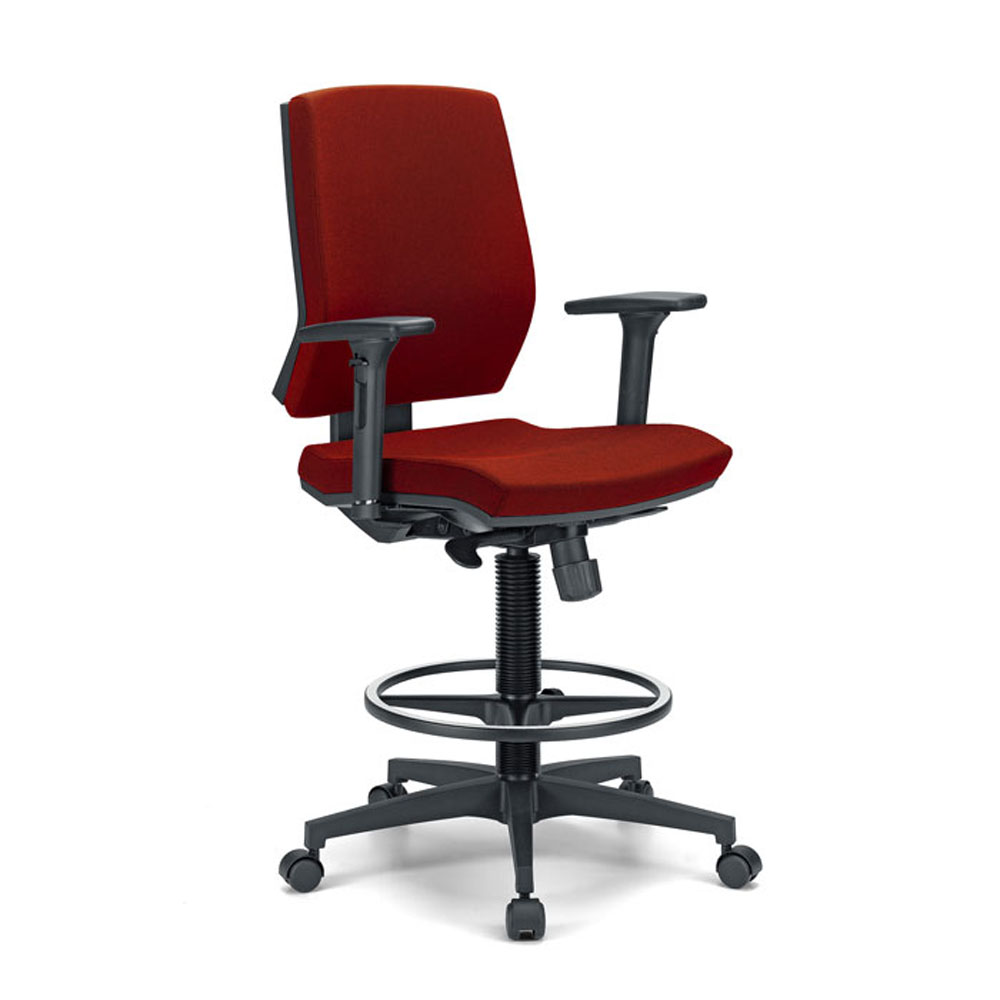Work space is very important and in Grendene we know it very well. We have been producing ergonomic office chairs for years, to make work environments more elegant and comfortable.
The chairs dedicated to work, in offices or inside laboratories, must necessarily be kept in good condition to guarantee them a long life, which is why in this article we will deal with an important topic, namely how to clean the chairs for office and laboratories correctly.
The importance of hygiene in the workplace
A good, sanitary and orderly work space guarantees workers greater safety. Safer offices both for those who work there and for customers.
Cleaning the work spaces correctly will ensure a long life of the equipment, this will avoid breakdowns and wasted time during working hours.
Finally, a correct cleaning of office chairs, desks and the rest of the work environment will make the spaces more livable, especially in the case of shared offices, open spaces and coworking spaces.
How to clean fabric office chairs
Office chairs are subjected to wear and tear: many hours are spent sitting and it is easy for them to get dirty. Grendene provides ergonomic design task office chairs. In this case we will see how to clean the fabric seats. The cleaning of office chairs is very different depending on the stains, whether recent or old, and on the type of fabric.
The most frequent spots can be:
- grease and food stains;
- spots of sweat;
- stains due to beverages, such as coffee.
Then there are other problems if the office chairs are not cleaned properly, such as bad smells and the transmission of germs and bacteria.

Procedures for cleaning of fabric chairs
First of all, you will initiate to remove dirt residues such as dust and crumbs, using a dry cloth or a vacuum cleaner. Careful attention should be paid to the backrest and seating area, with which people come into contact more frequently.
Specific cleaning products such as cleaning foams can be used to clean fabric chairs, which clean and refresh fabrics. Being the office chair made up of several materials assembled together, some detergents could damage this type of upholstery. It is therefore advisable to always consult the instructions on the product, and avoid rubbing the upholstery vigorously as it may be damaged. In any case, before using any type of stain remover or detergent, it is always advisable to first apply a small amount on a hidden part of the chair: in this way you will make sure not to cause damage.
Procedures for cleaning chairs and laboratory stools
As far as the stools and the laboratory chairs are concerned, cleaning alone is not sufficient as the hygiene standards dictated are much higher. This applies to all types of laboratories because even the smallest particles of impurities can alter, and in some cases nullify, the outcome of the tests. Very often, to eliminate germs and bacteria, very aggressive disinfectants are mistakenly used which in the long run can undermine and damage the materials, to produce cracks, chinks or hardening of the materials.
For greater hygiene and ease of cleaning your laboratory seats, we recommend the use of artificial leather or integral polyurethane foam stools and chairs.
The chairs upholstered in eco-leather, in fact, ensure greater hygiene and ease of cleaning without compromising comfort and convenience in use. Alternatively, you can opt for chairs and stools in integral polyurethane foam when you are looking for seats with high resistance to mechanical stress or when the same chair is used by more people. This type of coating ensures at the same time a high resistance to use and easy cleaning. All this without compromising the comfort for the user, as the integral polyurethane is made with a density that makes the seat comfortable.
Once the seat and backrest of the office chairs have been cleaned, the dirt will also be removed from the castors or glides to provide a more hygienic and safe working environment, ensuring maximum efficiency, as well as avoiding damage to floors.
